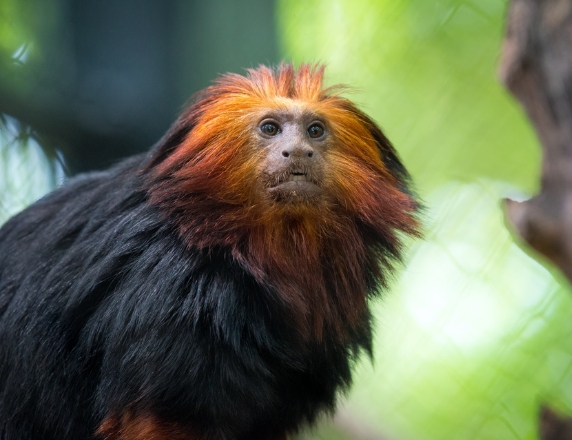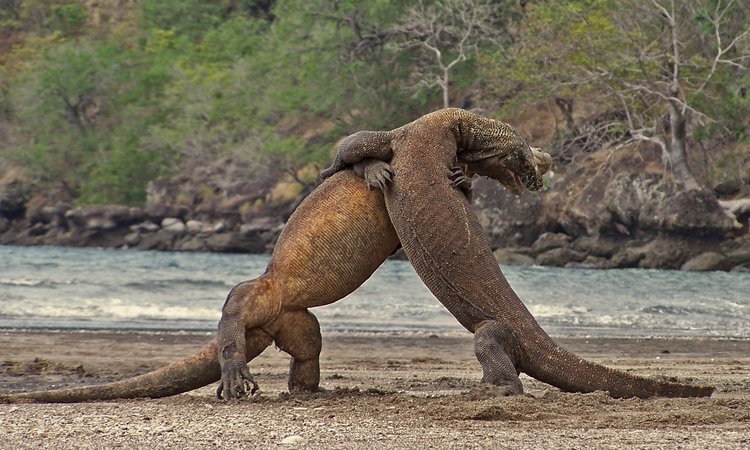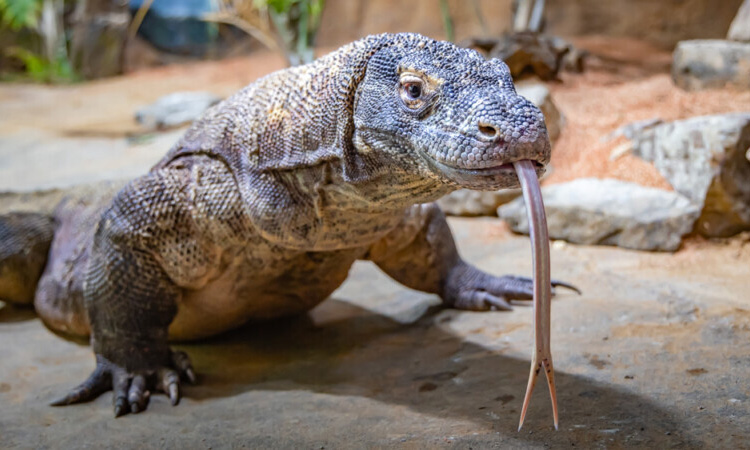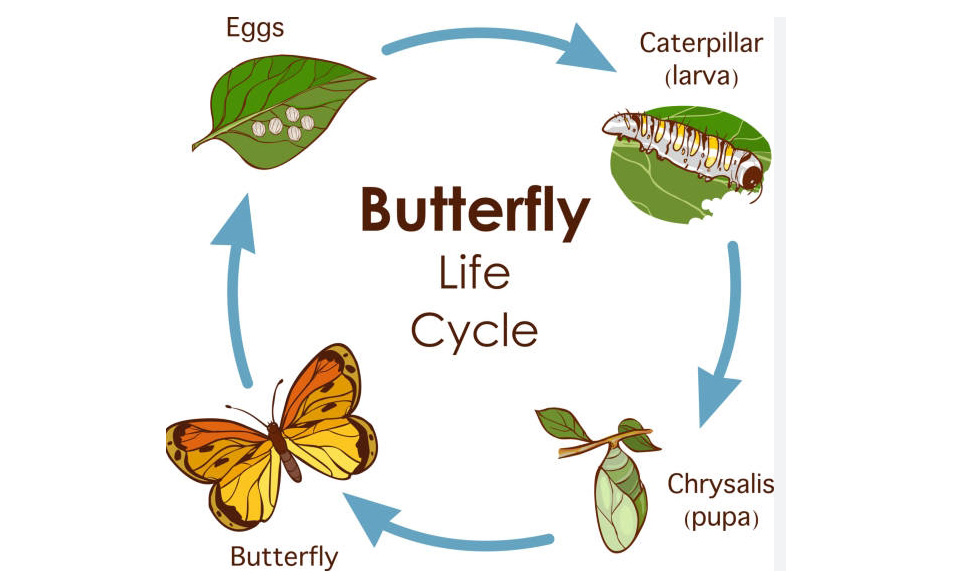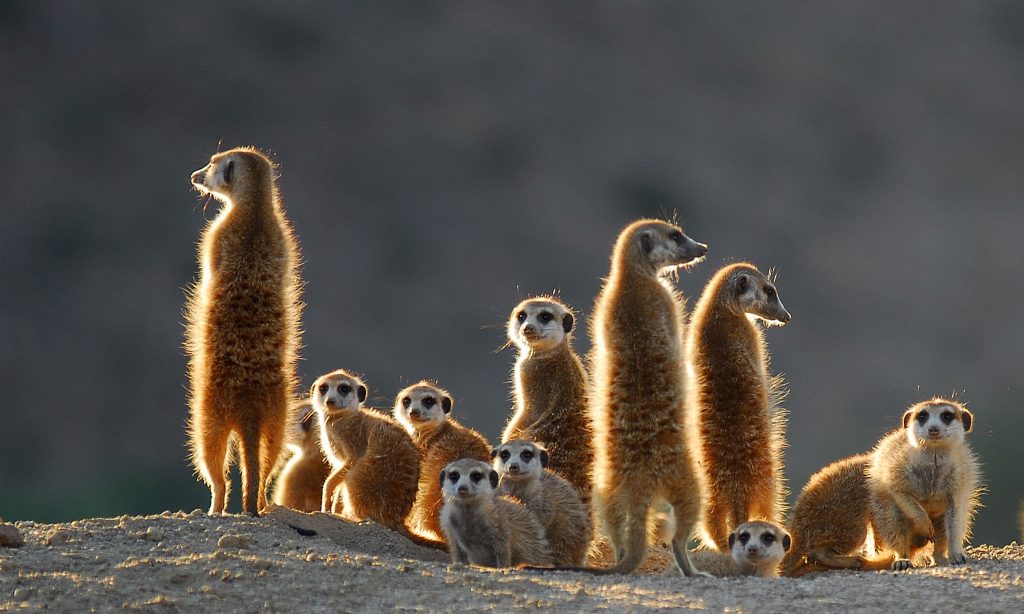The High Cost of Conservation: The Price of Protecting the Lion Tamarin
Conservation efforts for endangered species like the lion tamarin come with a hefty price tag, as researchers and organizations work tirelessly to protect these animals from extinction.
Studying and Monitoring
One of the primary costs of conservation is studying and monitoring the lion tamarin population. Researchers track their movements, behavior, and overall health to better understand their needs and challenges.
Habitat Restoration
Conservation efforts often involve restoring and protecting the natural habitats of the lion tamarin. This can include reforestation projects, removing invasive species, and establishing protected areas where the monkeys can thrive.
Anti-Poaching Measures
Poaching is a major threat to the survival of the lion tamarin, as their colorful fur is highly prized by illegal wildlife traders. Conservationists invest in anti-poaching measures to prevent the capture and trade of these animals.
Community Education and Outreach
Conservation efforts also focus on educating local communities about the importance of protecting the lion tamarin. This includes raising awareness about the threats facing the species and empowering residents to become stewards of their natural environment.
Costs and Challenges
While the benefits of conservation are clear, the high cost of protecting the lion tamarin presents a significant challenge. Funding for research, monitoring, habitat restoration, anti-poaching efforts, and community education is often limited, making it difficult to sustain long-term conservation initiatives.
Despite the financial hurdles, conservationists remain dedicated to protecting the lion tamarin and ensuring the survival of this endangered species. By raising awareness, garnering support, and advocating for funding, they continue to work towards a future where these iconic monkeys can thrive in the wild.
